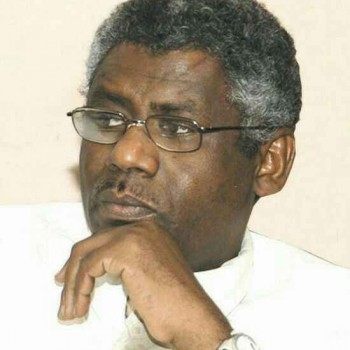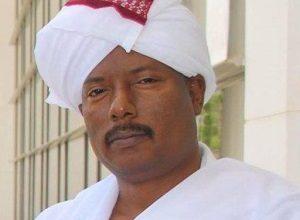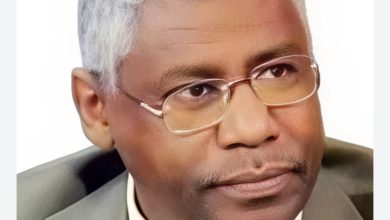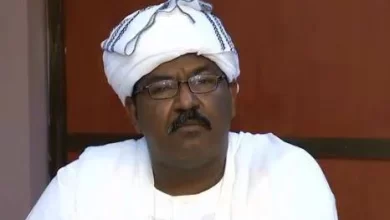Financial Inclusion: Why? How? And in Which Direction? (5)

As I See
Adel Al-Baz
1
In the previous part of this article, I posed the question: what outcomes can services like M-Pesa in Kenya, Zain’s newly launched “Bede” service in Sudan, or MTN Sudan’s now-suspended “momo” achieve? These are all services that operate using the USSD protocol (Unstructured Supplementary Service Data), which allows information to be sent between a mobile phone and the service provider’s network via short codes like *123#. This type of service does not require internet access or a smartphone, unlike services like Bankak. I also raised another question: in which direction can digital transformation and financial inclusion lead us, and how can they be used as strategic tools to enhance economic growth in all its dimensions?
3
With services based on USSD, we can integrate cash liquidity into the formal economy—especially since over 90% of Sudan’s cash is currently outside the banking system, and only 6% of Sudanese people interact with the banking sector. A service like Bede can help attract funds into the financial system through electronic wallets. This aids the state in controlling inflation, managing liquidity, and achieving financial stability. M-Pesa or Bede enables anyone with a mobile phone to open a digital wallet without needing a bank account. This allows citizens to send and receive money, save, and pay bills easily.
4
African experiences—from Kenya to Uganda and Nigeria—have proven that enabling citizens to perform financial transactions via phone, without banks or paperwork, is effective. It doesn’t even require a smartphone or internet access, which is crucial in a country where only about 6 million people own smartphones. As of early 2024, internet users in Sudan numbered about 13.99 million, representing 28.7% of the population. There is no precise data on smartphone ownership, but some telecom companies estimate that only 8 million people have smartphones. Services like M-Pesa or Bede only require the presence of agents in towns and villages, making access easier.
How does it work?
Anyone with an ID and a mobile phone can open an account—no bank account is needed, which is a key advantage. It saves time and bypasses the complexity and long procedures of opening a bank account. Registration is done either through an authorized agent or via phone.
If you have a phone number, you can go to the nearest service agent, pay cash, and the agent will credit your wallet with an equal electronic balance. That’s how you deposit money into your phone wallet.
If you want to send money to someone within Sudan, you can do so using their phone number—the recipient receives the money immediately as an electronic balance in their wallet. The recipient can then withdraw the money in cash from the nearest agent or use it to pay for electricity, water, school fees, or goods in stores.
A service like M-Pesa, Bede, or the currently state-run “Saddad” is a comprehensive project in digital transformation. These services are not merely money transfer tools—they are instruments for economic growth and stability.
5
In what direction can we steer financial inclusion and digital transformation?
Economically: We can direct financial inclusion and digital transformation toward growth by integrating the informal economy into the formal economic cycle and facilitating the financing of small and medium enterprises through digital wallets and flexible lending services. This will enhance productivity and broaden the base of economic participants.
Socially: Empower marginalized groups (women, youth, rural populations) through access to financial services. Improve livelihoods through savings tools, transfers, and digital insurance. Enable direct and secure access to government support, such as social cash transfers. Reduce the urban-rural gap through digital services that reach remote areas.
Justice: We can lead digital transformation and financial inclusion in a direction that achieves justice and equal opportunities in accessing financial services for all. Transparency in financial transactions reduces corruption and favoritism. Financial empowerment is expanded beyond those who hold bank accounts. Financial rights are protected through traceable and accountable digital systems.
6
In summary, and based on actual African experiences, we must adopt digital transformation and financial inclusion as tools to achieve economic growth and combat poverty. So, what is required from the state to lead these three directions?
To be continued…



